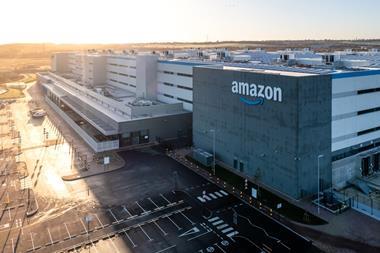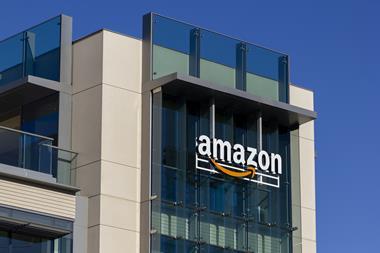With the sands of retail shifting rapidly, Netpremacy takes a look at what this means for technology leaders, where their priorities lie and what their investment strategies look like for 2023
From evolving consumer demands to an increased need for agile working arrangements, there has been a seismic change across the industry, and c-suite IT and tech leaders have borne the brunt of some relentless challenges over the past couple of years.
Last quarter, at Retail Week’s Innovation Summit, Netpremacy’s head of GCP (Google Cloud platform) Tom Anderson and DFS’s chief operating officer Russell Harte were invited to discuss what retail technology leaders should consider to succeed after a turbulent few years in the industry.
From mobilising remote workforces to increasing ecommerce capabilities, the discussion highlighted that retail CIOs and CTOs are now entrusted with transforming company culture and playing a crucial role in change management.
The conversations drew particular attention to three areas that have been top of the list for all:
1. Mobilising remote workforces
The scale of digital transformation over the last three years has seen a shift in how businesses connect and collaborate with their workforce.
Seventy-five per cent of employers now offer hybrid work arrangements, according to the International Foundation of Employee Benefit Plans, and technology has been the enabler in making this happen.
Harte said: “Tech is crucial for a modern organisation to demonstrate agility and to be able to solve problems quickly.”
A reliable tech stack implemented across the business is crucial to be able to adapt when required.
2. Leading change management
Another point to consider is allowing the whole business to see technology as an enabler driving value rather than a break-fix function that responds to issues.
Anderson said: “Tech leaders must contribute to the accelerating change in perception from ‘IT’ to ‘tech engineering’.”
For example, Google Workspace technology transforms how people work, from day-to-day operations to making data more secure. If end users can understand these capabilities and use them to their advantage, it can transform an organisation.
3. Increasing ecommerce capabilities
The final factor focuses on successfully meeting demand with new digital capabilities.
Automation is a great place to start. Some automation tools go beyond tackling the classic ‘how do I do this efficiently?’ problem and can also help minimise technical debt.
Think about technology from this strategic viewpoint – it is not just about what tools you should use but how you can deliver more value over time.
As well as this, investing in the supply chain, data foundations and moving to the cloud were all part of DFS’ approach to scale. “I believe that choosing the right balance of less infrastructure with more business change is key to prioritising the right tech investments,” said Harte.
What does this mean for retail?
- People expect internal and external communication channels to have digital touchpoints
- Optimal ROI comes from the correct use and adoption of technology among end users
- Deliver more with less to achieve your digital transformation goals




























